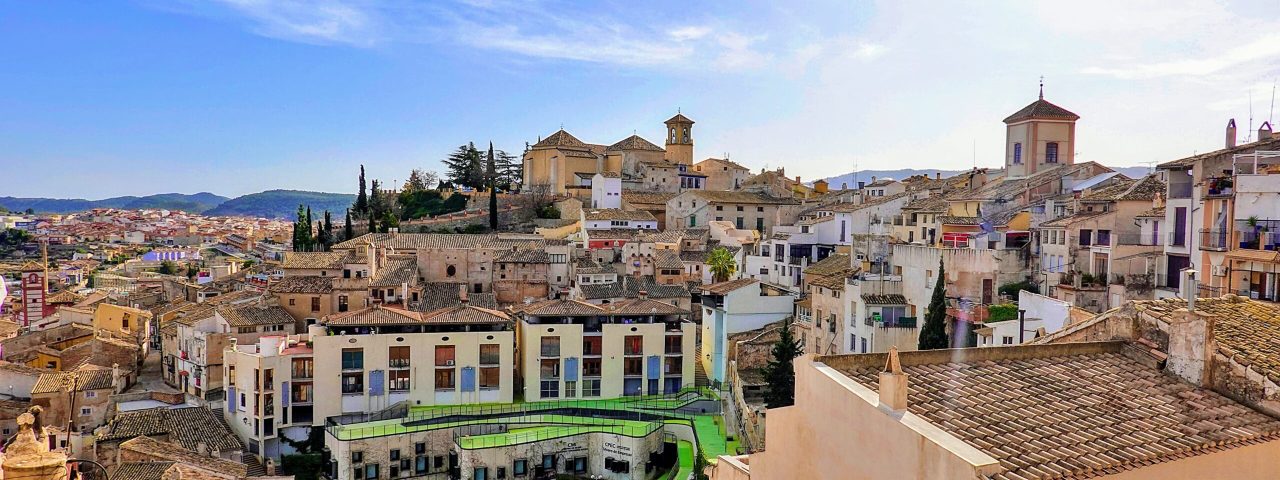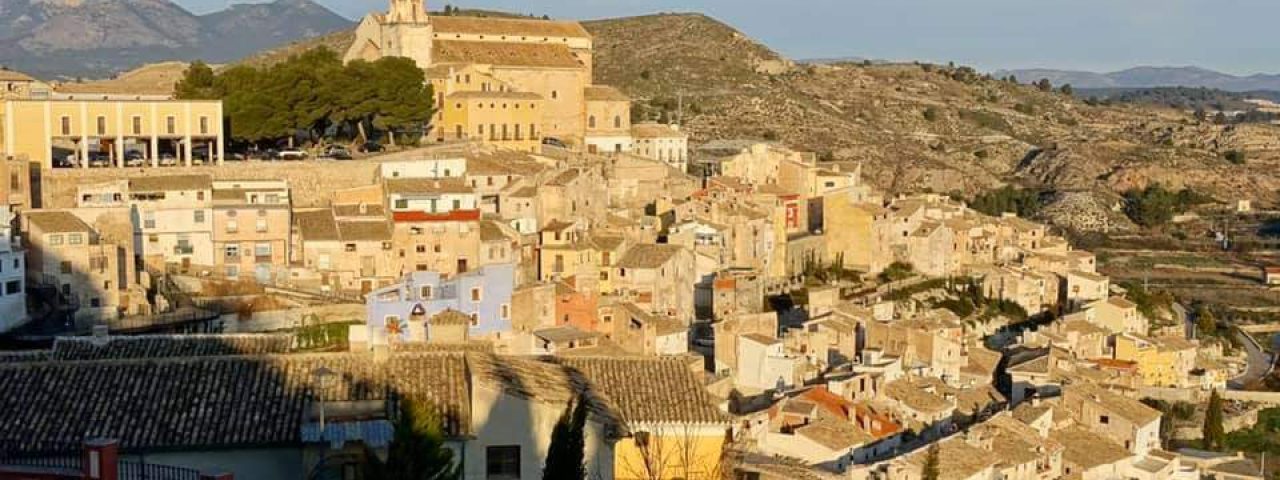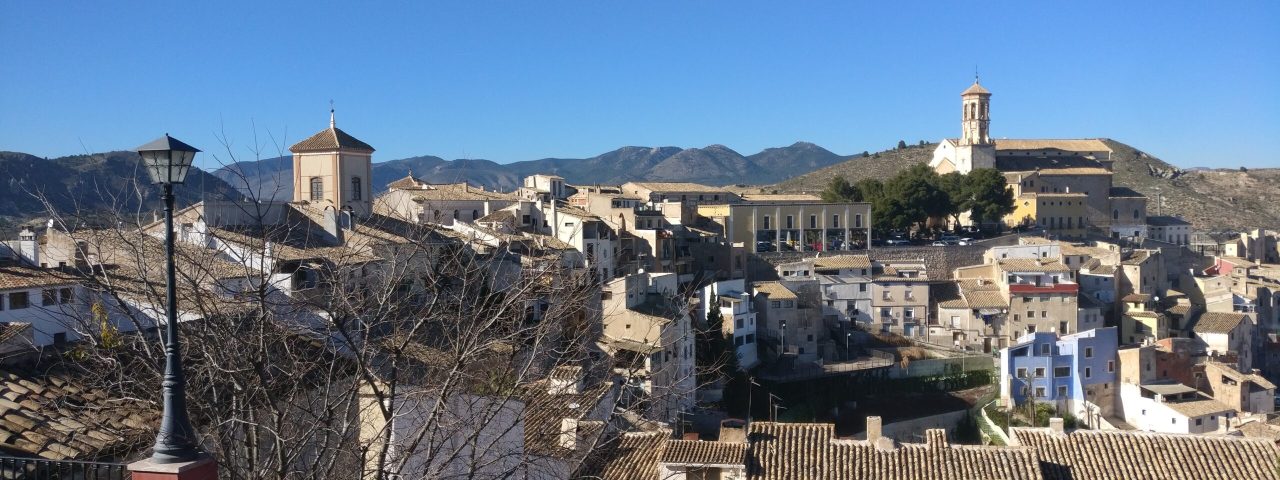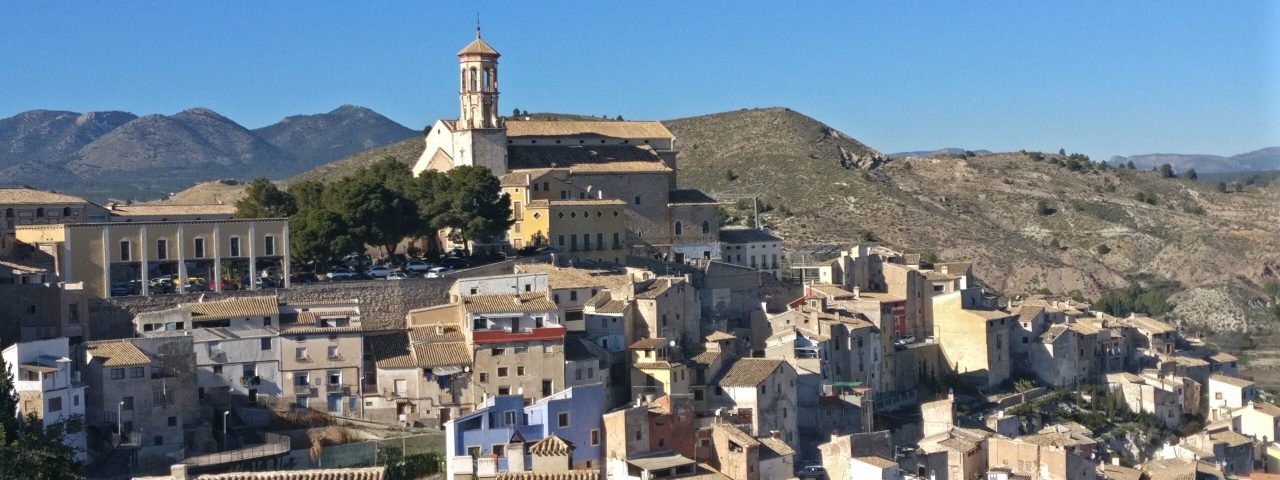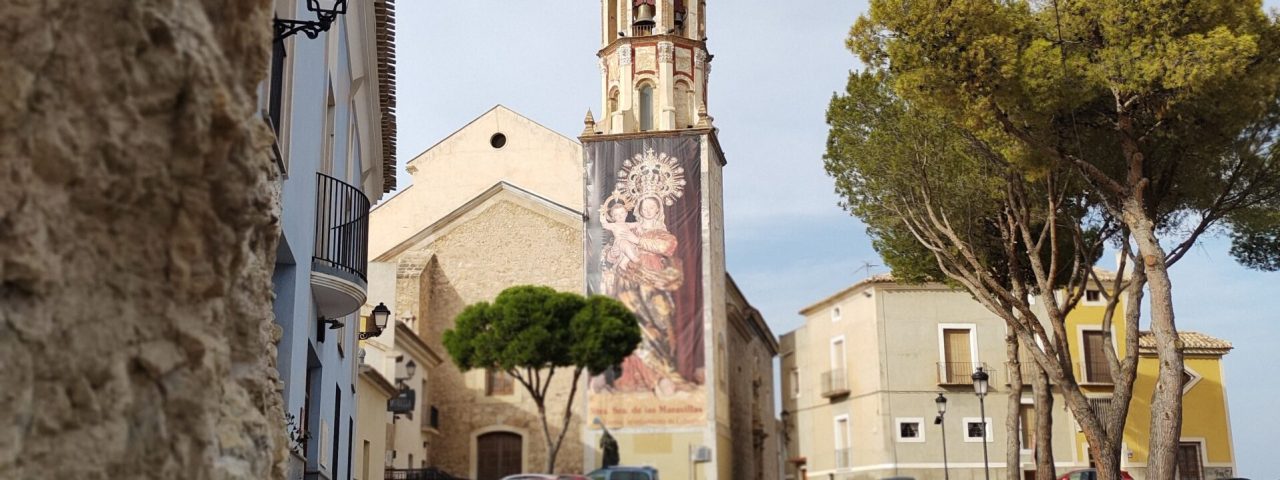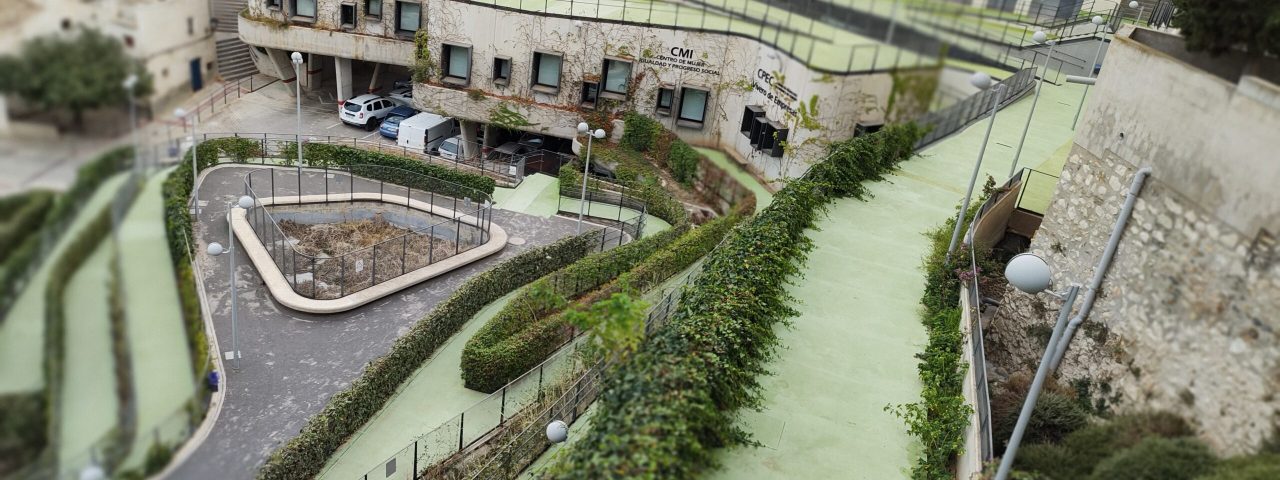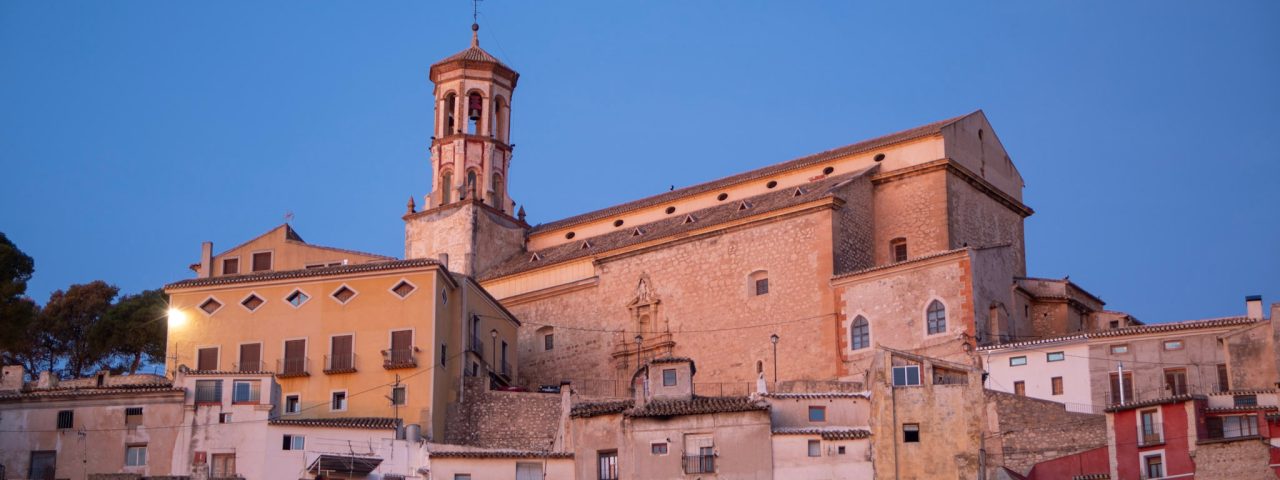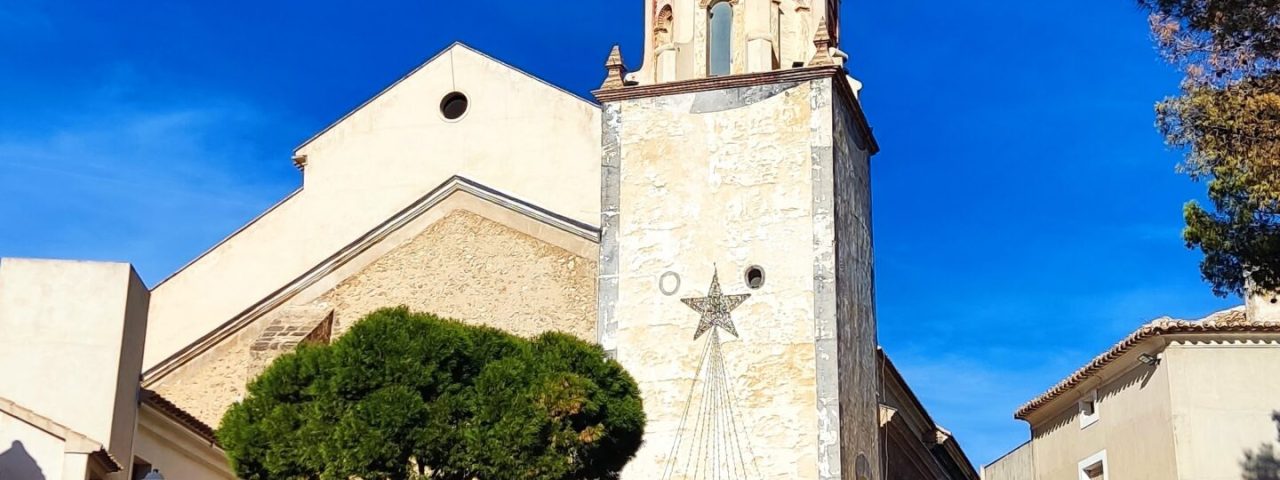Cehegín is steeped in history, with its origins tracing back to the Roman era and later becoming an important city under Moorish rule. The influence of these cultures can still be seen today in the city’s architectural heritage and layout, particularly in the old quarter. After the Christian reconquest, Cehegín flourished during the Middle Ages, becoming an important center of trade and culture in the region.
Cultural traditions run deep in Cehegín, and the city hosts several lively festivals throughout the year. One of the most important is the “Fiestas Patronales de San Sebastián” in January, celebrating the city’s patron saint. Additionally, the Semana Santa (Holy Week) celebrations are deeply rooted in the local religious traditions and draw visitors from across the region.
The city’s historical landmarks include the 15th-century Church of Santa María Magdalena and the medieval quarter known as “El Casco Antiguo,” which is recognized for its narrow streets, stunning views, and historical buildings. The city has preserved its past while embracing modernity, making it a cultural hub for visitors interested in history, art, and local traditions.
